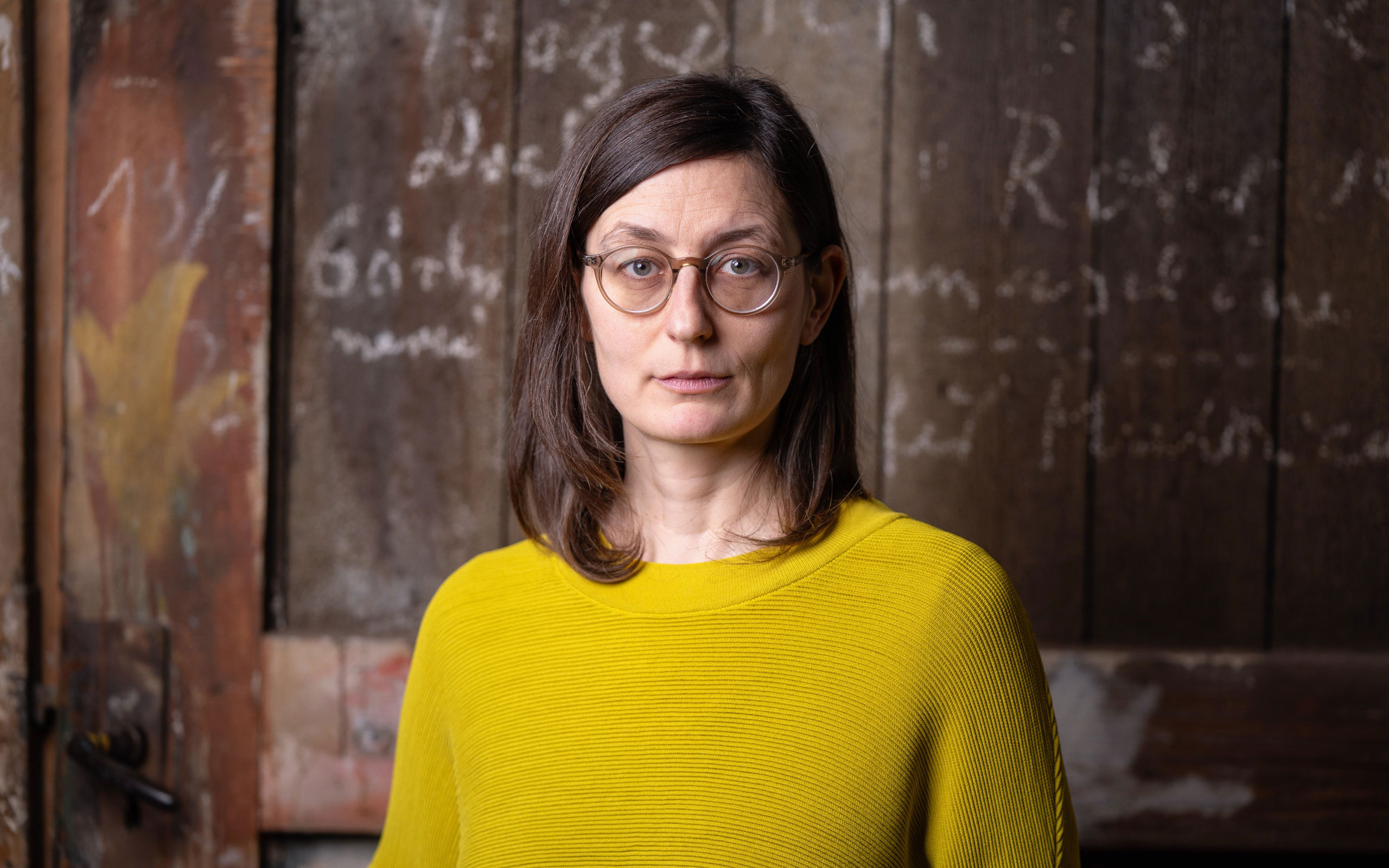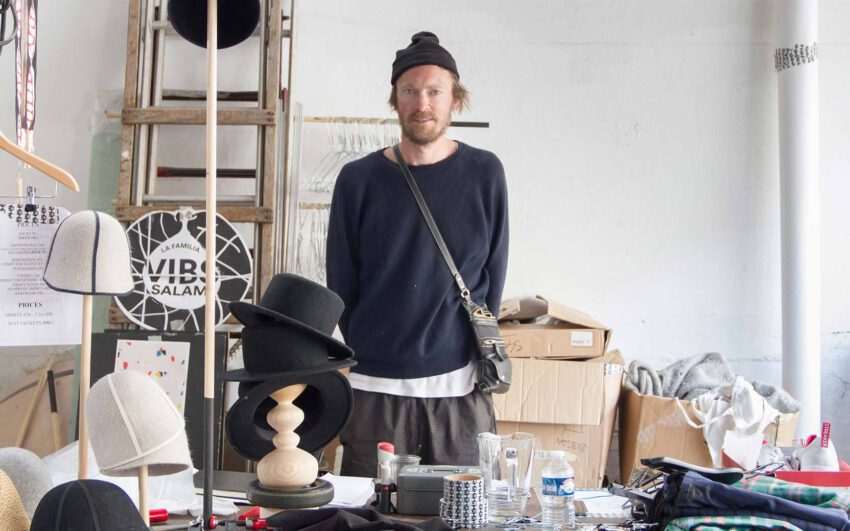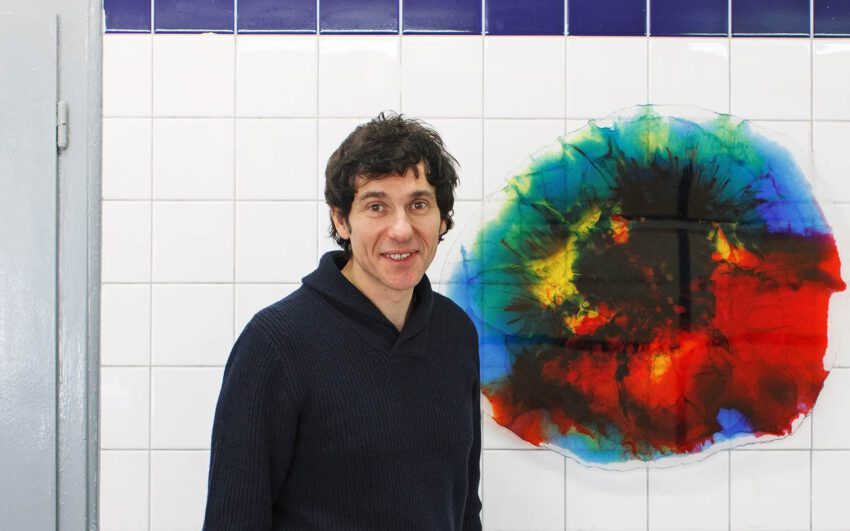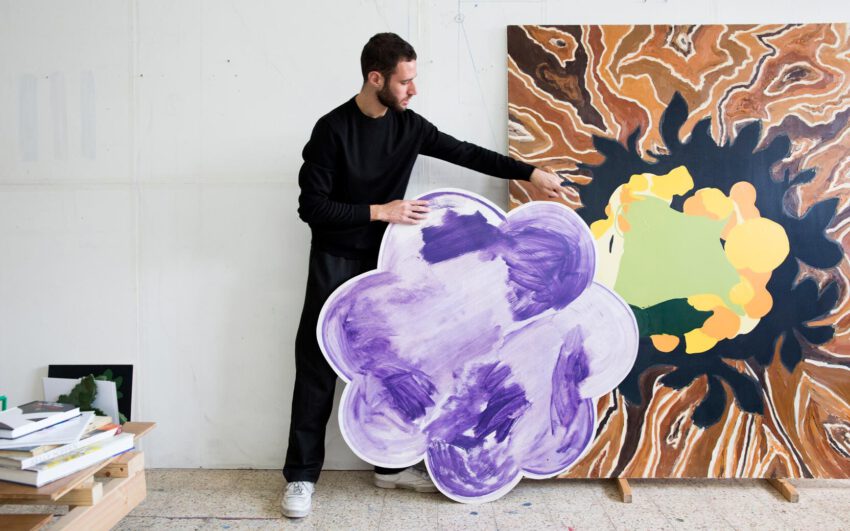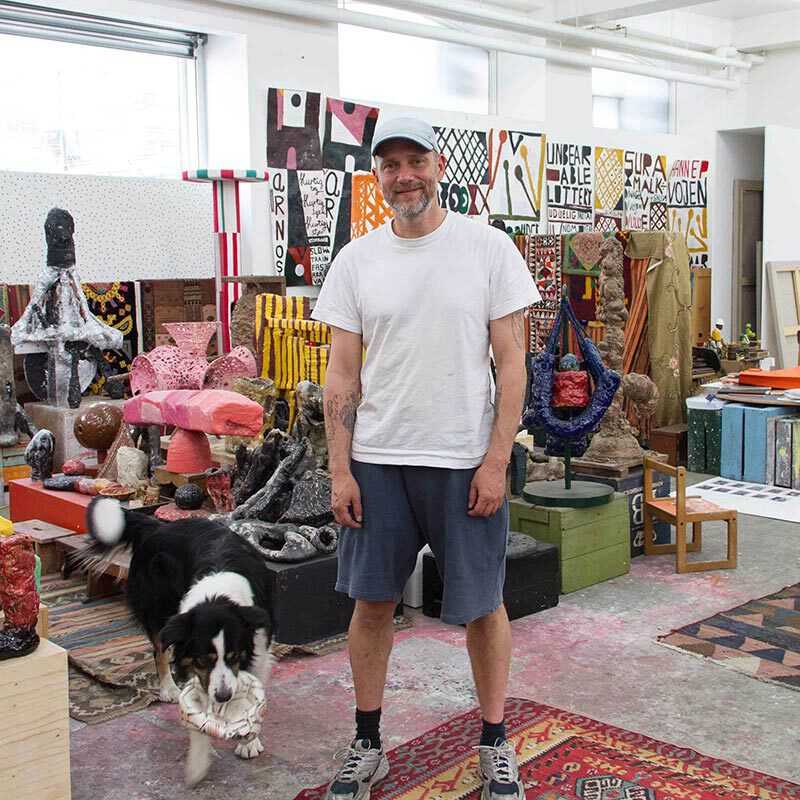Franziska Reinbothe defines herself as a painter, though not in the traditional sense: she folds the canvas, breaks up the stretcher frame or lets it shine through by using chiffon fabric. Her aim is to render the invisible visible, to bring the back to the front. Born from fortuity, her so called Umformungen (Transformations) are snapshots of her artistic expression.
How did you get to be an artist?
Through many detours! It took some time to summon up the courage to enrol at Art School. I had a pretty weird conception of artists then; I pictured them living in this holey attic room, protecting themselves from water leaks with an umbrella…
Like in Carl Spitzweg’s famous painting of the Poor Poet!
Right! However, while I was still a student, I realized that this was not inevitable. Some uncertainty is still part of the job, but I have become more self-confident. I came late to painting and for a long time I felt I was lacking knowledge, because my foundation course covered a different subject. Today I know that it made absolute sense for me to have to find my own way into painting.
Your work seems conceptual at first glance. Why do you identify as a painter?
Because this is where my heart is. For me, it is about how to get to a painted picture. I do not follow a concept! From the first picture that I transformed - this part of my work I call Transformations - I wanted to look under the painting’s clothes, so to speak, to sniff out its essence. I would never even think of calling myself anything else than a painter - at a push, maybe a visual artist. But definitely not a conceptual artist.
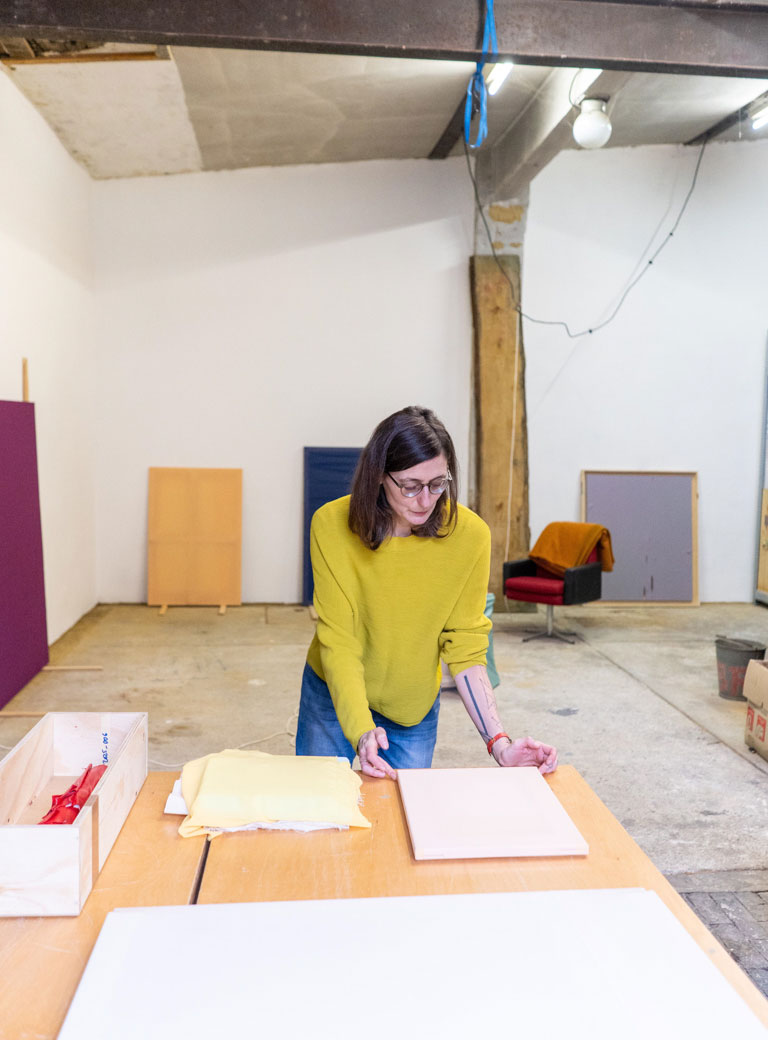
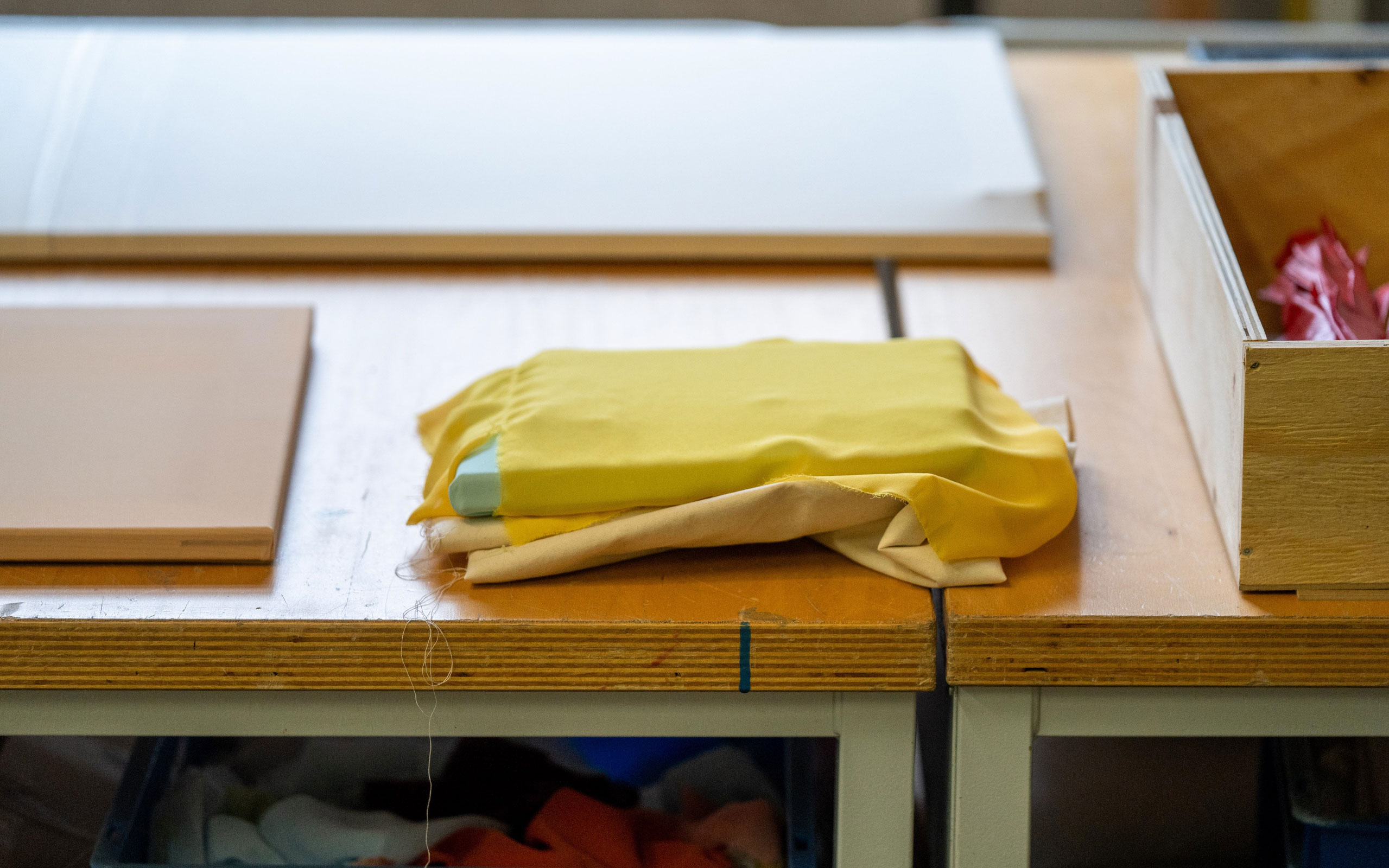
Why do you call your paintings Transformations…
There is no concept; it is learning by doing, doing by wanting. How I feel on a certain day will determine the colours I use, how I go about my Transformations… I only know once I’m done what the painting is going to look like. Years ago, somebody told me that my paintings contained brutality and violation. But to me, it is not about brutal intervention per se, not about deconstruction or even destruction. It’s my curiosity that leads me. I really want to know what that picture will look like if I break its frame or turn over the canvas.
How did you work out your technique?
The very first Transformation was an act of despair. I had had a difficult discussion with my professor and did not know how to proceed with my work… This led to the destruction of the two pictures that I had shown him. I only realized much later that this could be the start of a new artistic approach. In this respect, this moment of frustration was important.
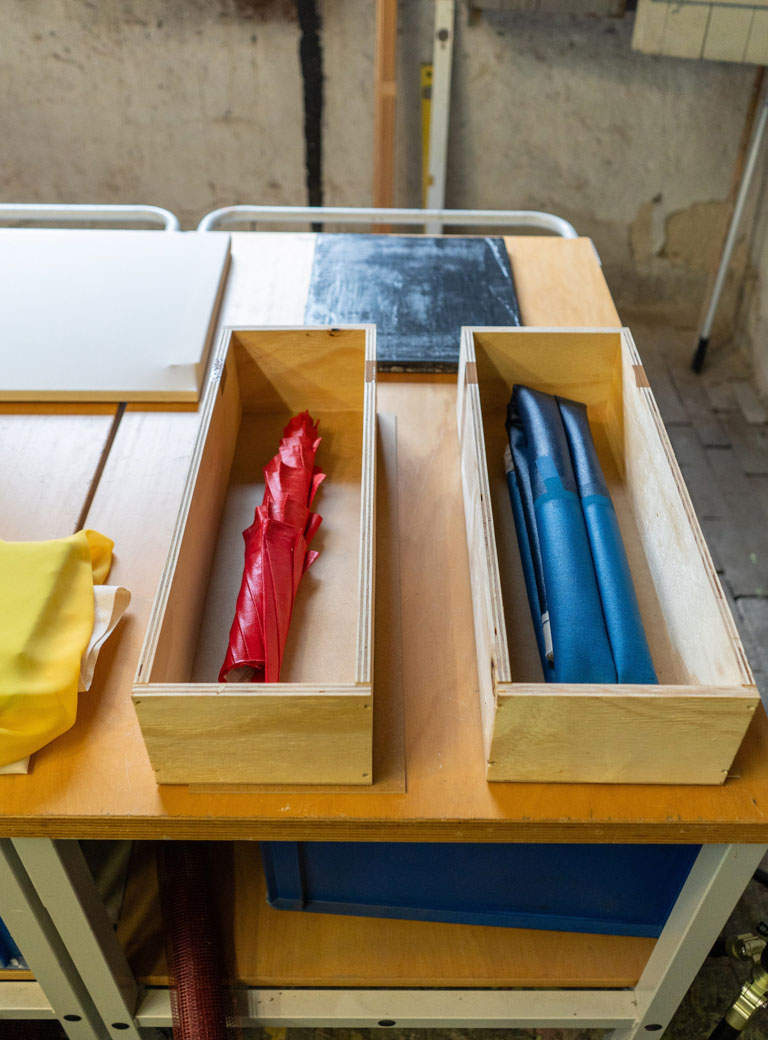
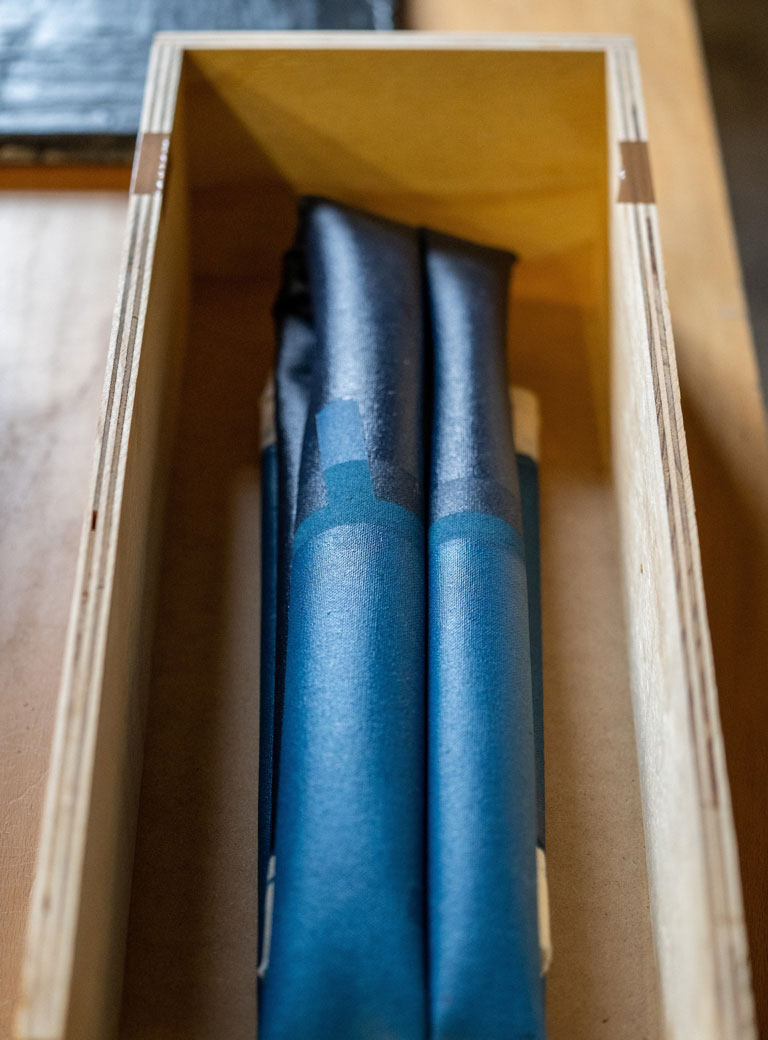
You are a teacher now too - is this something you convey to your students?
Yes, I think it is really important to be able to endure a moment of uncertainty in your artistic process. To use it to change your perspective and to think about how this frustration could further your work. This is what happened to me, in any case! I had to destroy these two pictures to understand it was my way out of an artistic impasse.
This was a happy coincidence, as it turned out. You mentioned that coincidence plays an important role in your work. Why is that?
Well, there are predetermined parameters such as my studio, the stretcher frame, the canvas, the colour. But I like to give the material a bit of autonomy that might lead me to a chanceful moment that I could not have foreseen. The paintings that surprise me are the best! But this is a fleeting and fragile moment in my process. Because the more experience I have, the less often this kind of surprise occurs!
Still, this element of amazement is important to you, right?
Yes, because these are my favourite moments: when I add or leave out something in my work for the first time and get to an unexpected result. I am aware of the finite nature of my process. At some point, I can just fold my pictures and know in advance what they will look like.
Is this why you started using chiffon?
Yes. When I understood that there was a risk of repetition and boredom in my Transformations too, I could have ended up in a second artistic impasse. I never wanted to become that artist just known for destroying her paintings! So I thought: How can I make things visible that are normally hidden in a painting without interfering with the picture format?
And your answer was: with semi-transparent fabric?
Exactly. The stretcher frame is visible, I can accentuate the space between fabric and wall. I can use this chiffon fabric like liquid paint by layering it and mixing it. Or I can cover stretch frames of different sizes with various chiffon fabric, screw them together and also produce a different colour shade. Chiffon is an acrylic fibre, and in my Transformations I only ever use acrylic paint. So it felt fitting to use acrylic in a different aggregate state.
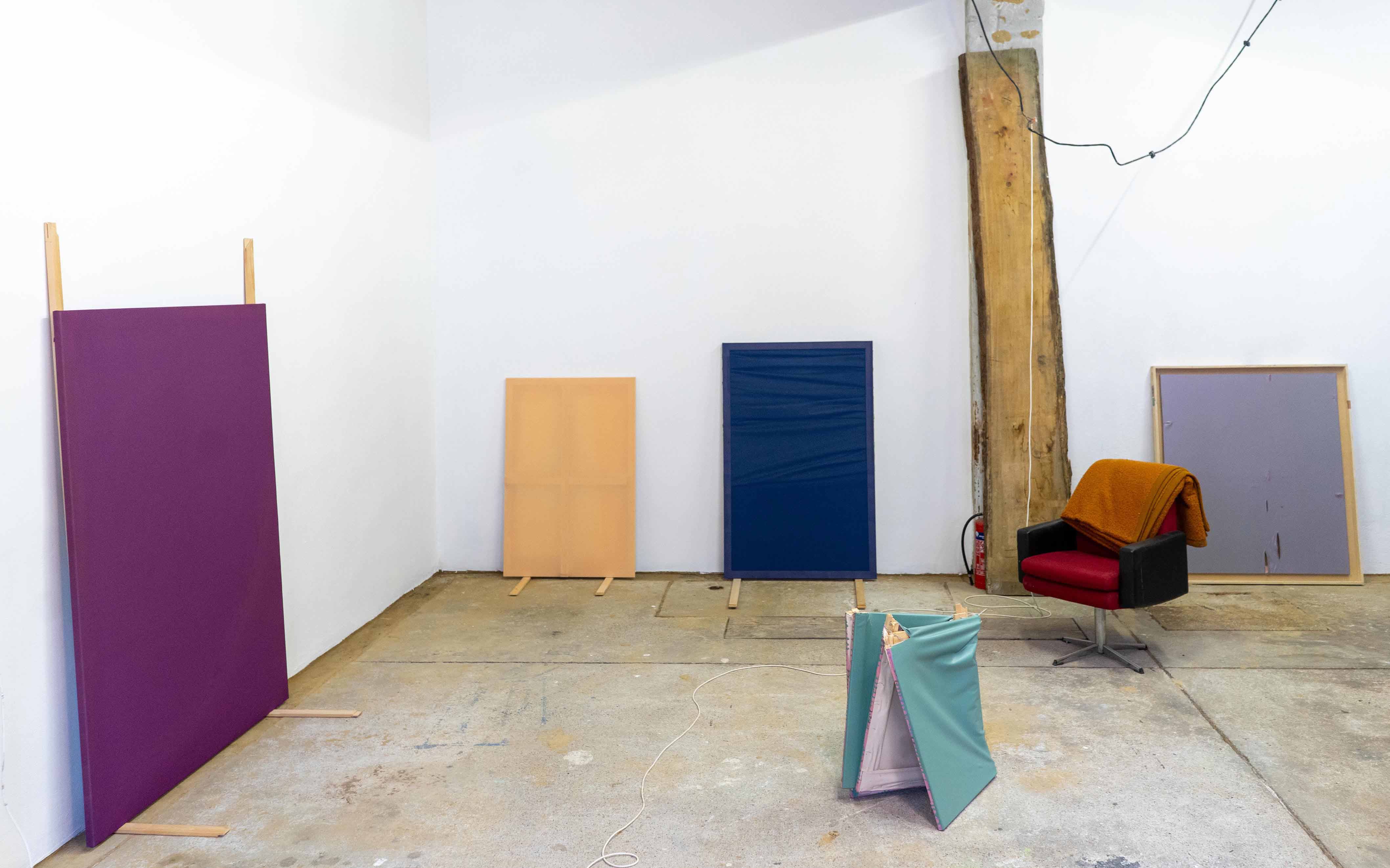
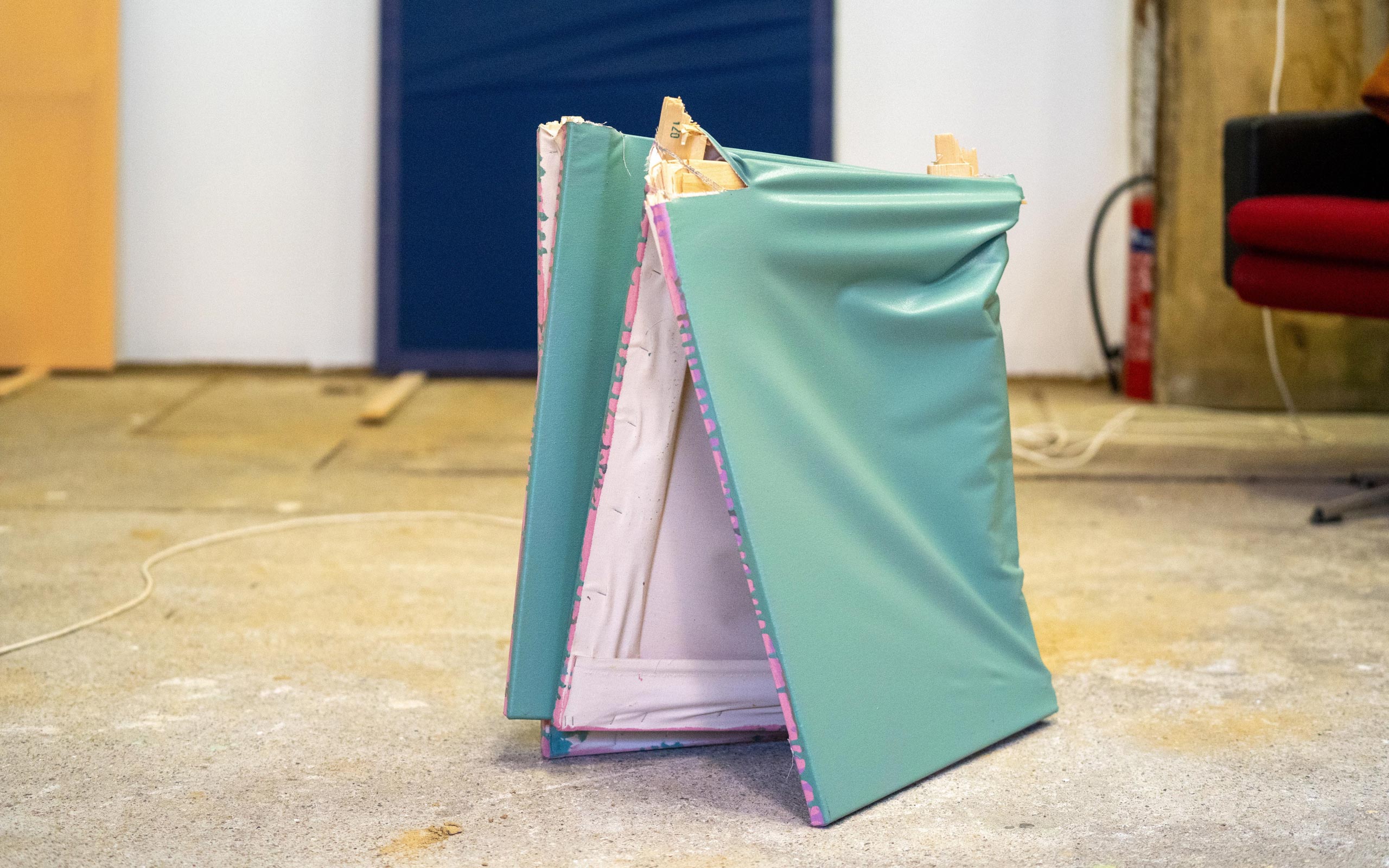
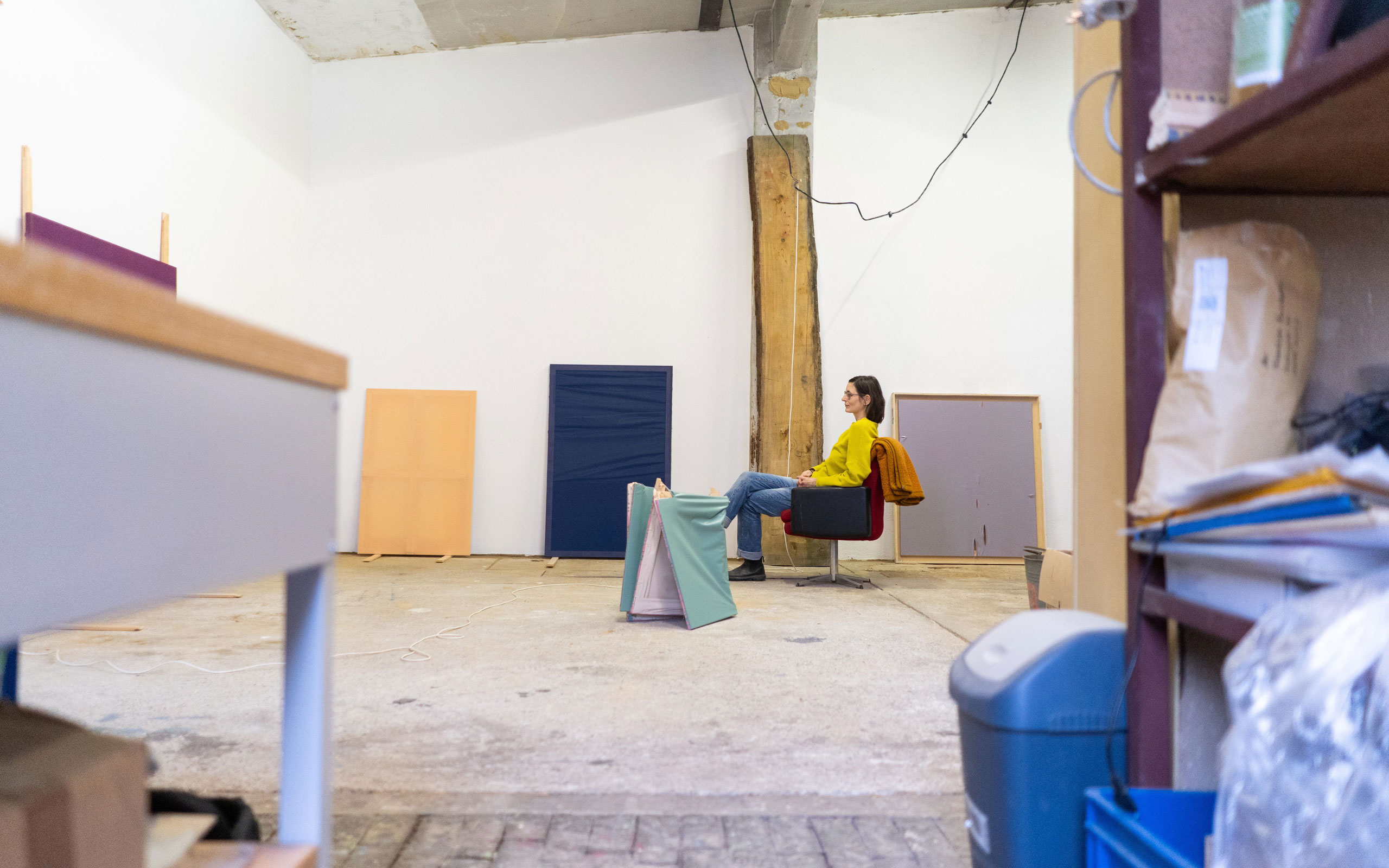
How important is colour for you?
Very important. With my Transformations, I still love finding the right color tone and then, to put it bluntly, simply moving paint around on the canvas.
This is what a painter would say! The joy of putting colour on canvas…
Right. Acrylic paint is perfect for my process. It dries quickly and then darkens a tiny bit – this is the autonomy of material that I like. Colour challenges me; I move myself and the brush differently depending on the mood of the day. There were times when I was into a super smooth surface - but I then realized: there is just not enough Franziska in there! At a later stage, I used so many thickeners that small craters formed on the canvas. Now, I work with transparency intensifiers that I add to the acrylic paint. This means I can brush it on like a glaze.
What is the material you paint on?
It is now a cotton fabric. I can work well on it thanks to its surface tension.
How can I imagine your working process? You choose the color, paint it onto the canvas, wrap the frame with it and then break it?
The process of painting is a long one. I apply several layers of paint on top of each other onto the stretched fabric. As with the Transformations, it is a gut feeling as to when exactly the process of painting is complete, when the canvas is filled for me. It may happen - not often though - that I do not transform the pictures at all because I feel that it would be too delicate. And lately, this has happened more and more: classic painting is somehow catching up with me!
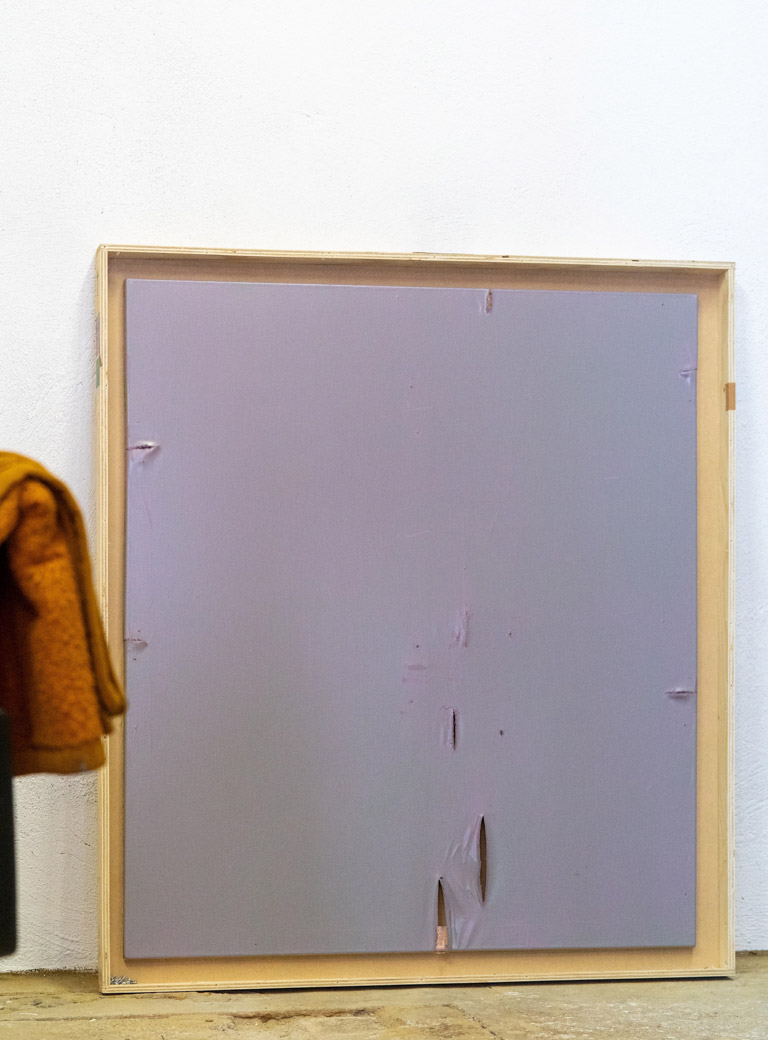
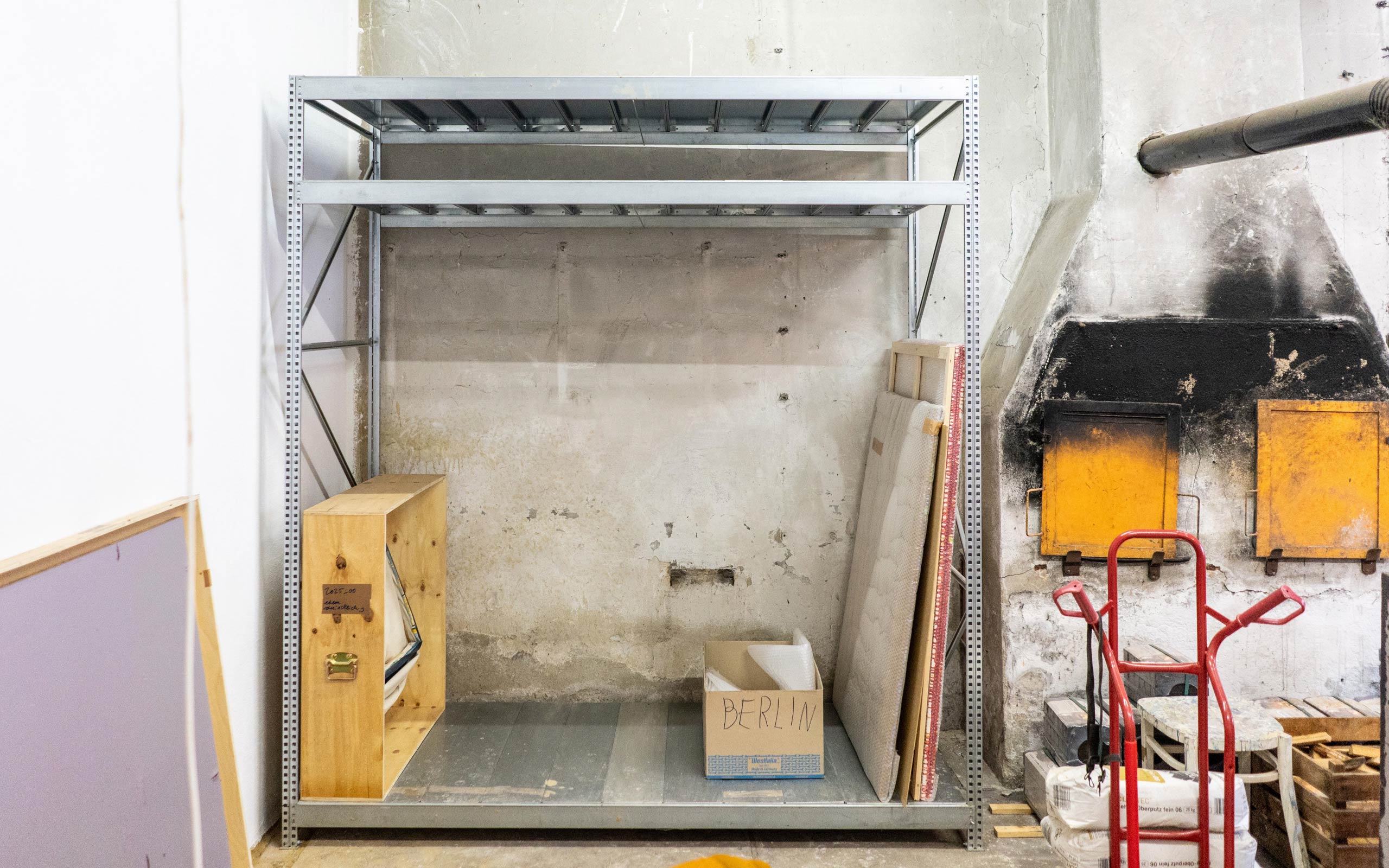
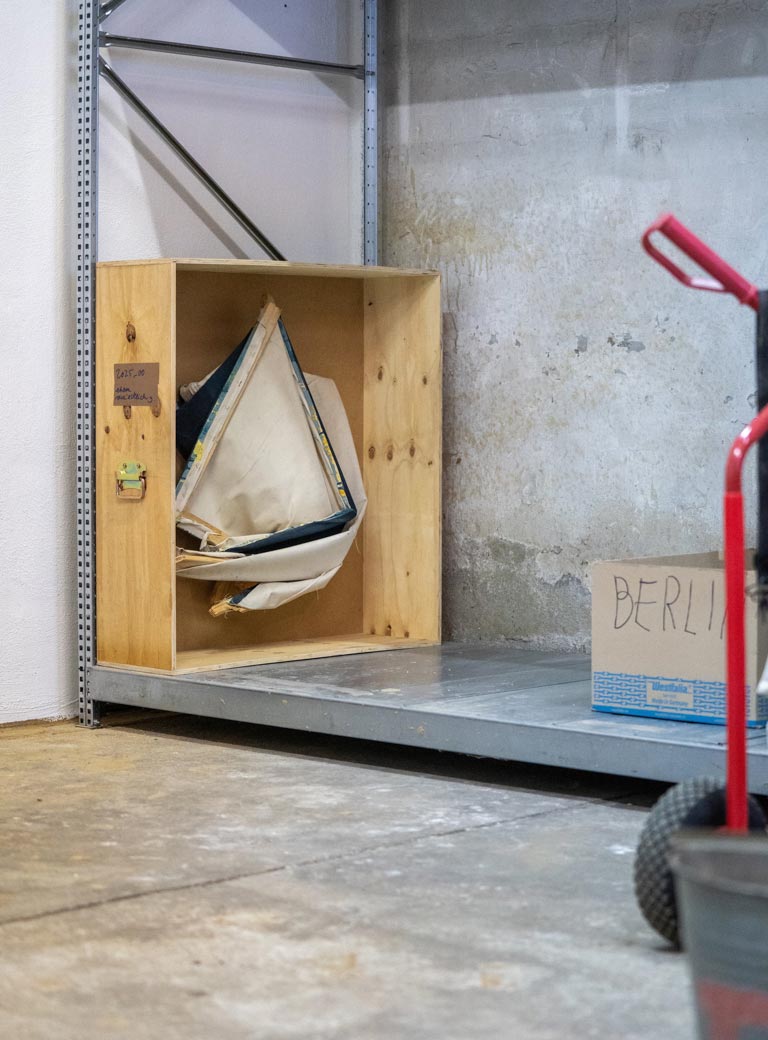
This means you stop what you are doing?
Yes, because I get something new! Sometimes, this surprise takes a few moments to sink in; with some pictures, I think at first, oh dear, I will never show them. But then I leave them in the studio for some time. And they change! Or at least my perception of them does.
When do you know that a picture is finished?
I cannot describe it better than: it is a gut feeling. It just feels right. The picture has found its shape - however long that might have taken.
Do you put unfinished work up in your studio for you to see at any time?
No, I put those pictures at the back. I may already have exhibited some of them, but I withdraw them anyway. I don't want these pictures to be so sacred that I can't intervene again.
So that your work can evolve?
Exactly. Even if a picture has already been exhibited, I might think later that it’s not valid or strong enough. Therefore, I want to be able to change it. I want to be free, and my pictures need to be free, too. Literally: I don't like picture frames, because they often cover up what's interesting. I'm interested in the edges of the picture. Where traces can be seen, paint runs down, you can guess the primer. For me, these traces hold as much information as the surface of a painting.
This is why you do not frame your pictures?
Right. To frame something is, to me, to enclose it, to beautify it and to fence it in. This is not what painting is to me. I just don’t understand this extra separation between space and picture.
How do you go about your Transformations? Do you use your hands?
Yes. Sometimes I use a wood saw. The larger the stretcher frames are, the easier it is, because I can work with their tension. But before transforming the pictures, I do examine them for a long time and think about what they ask of me. Sometimes, the right idea comes very quickly, and sometimes it can take more than a day, or even longer. Then I will just sit in my studio, look at the picture and may decide: not today. I think it’s important not to rush into anything.
Do you have a favorite format?
The formats are related to the room that I am working in. When I started the Transformations, I had a relatively large studio in Leipzig. My format then was two meters by one meter fifty, because I could grab that easily. After that, I had to move into a very small space, and the pictures immediately became much smaller, too. That was annoying (laughs)! One and a half years ago, I moved to the countryside, my current studio is in an old blacksmith’s workshop - and my pictures have grown again.
You let your formats develop. So you don’t mind not being in control?
Addiction to control would finish me. Wood is a material that changes constantly; this is also true for when the canvas is not stretched anymore after my transformation. In this respect, my work is a kind of subversive critique of the art market. My pictures do change, and they will certainly look different in a hundred years’ time from now! Therefore, you're not buying an investment from me, perhaps I can put it that way (laughs).
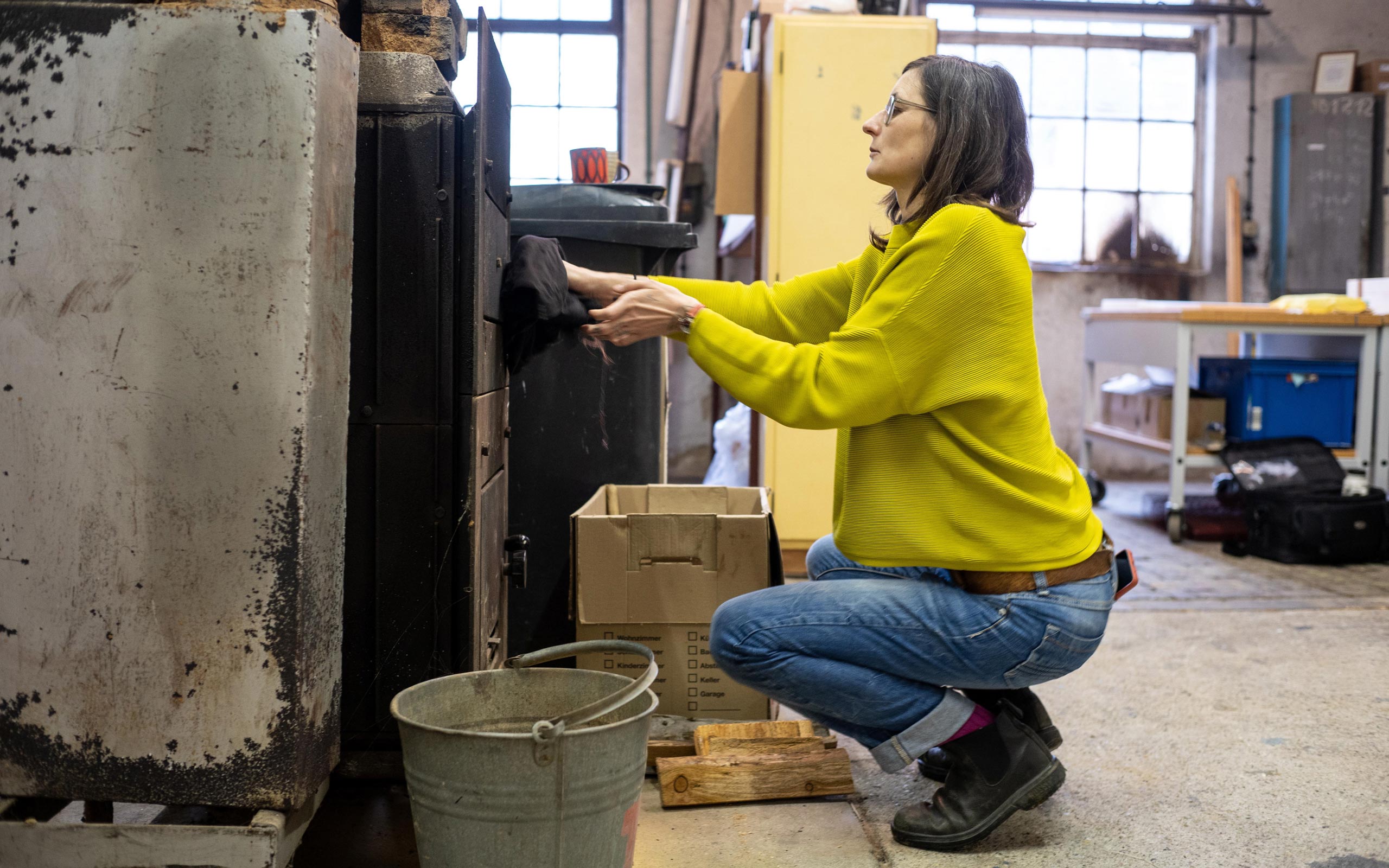
Regarding the art market: How difficult is it, as a more and more successful artist, to withstand the temptation to just produce more of the same “secure“work?
If I still want to be working as an artist in a couple of years, it would be absurd to be just doing more of the same! Of course, I am chuffed if I see that there is a lot of demand for a certain format. But from an artistic point of view, it is not interesting at all to reproduce more of the same.
What are you interested in?
I’m interested in the questions I can formulate about a picture, that I ask from painting in general. They have to do with chance, with letting go, with observing and perceiving; I want to surprise myself artistically. However, this is not happening when I just produce the umpteenth folded picture. I love that I work with gallerists who totally get this and never ask: “Could you do seven more of this?”
Which is happening on the art market as we speak!
Of course it is, we need to keep the lights on after all! And who wouldn’t want to sell a picture. But I think one should never lose sight of the bigger picture. I have not become a painter to make an enormous amount of money, but to work and to constantly reevaluate what I think about painting. However, I am aware that I find myself in a privileged position. Thanks to my teaching activities at the Academy of Visual Arts Leipzig, I do not have to live from my selling art alone. However, I always had a job during my studies. I must emphasize one thing: For me, the profession of an artist includes having a day job!
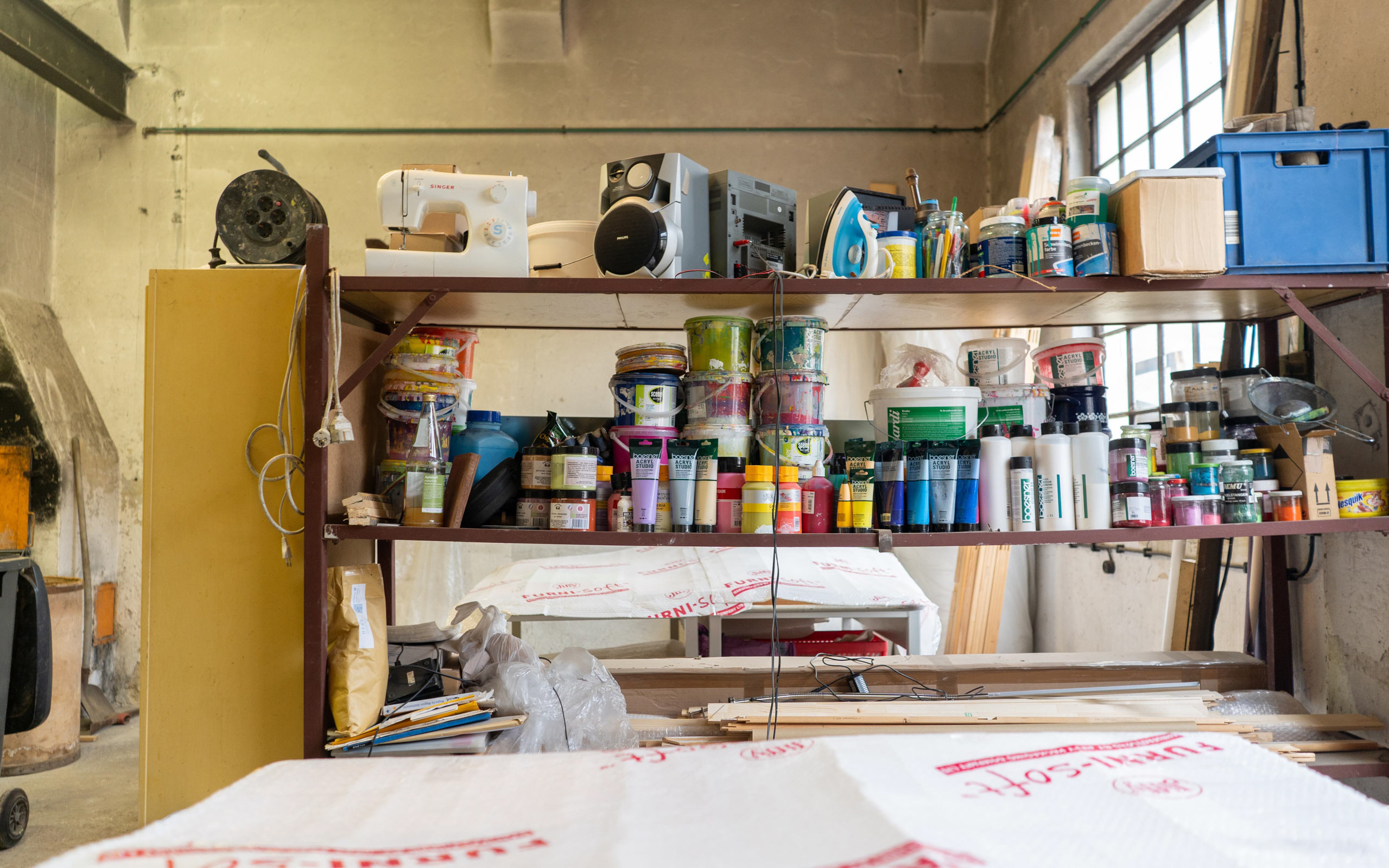
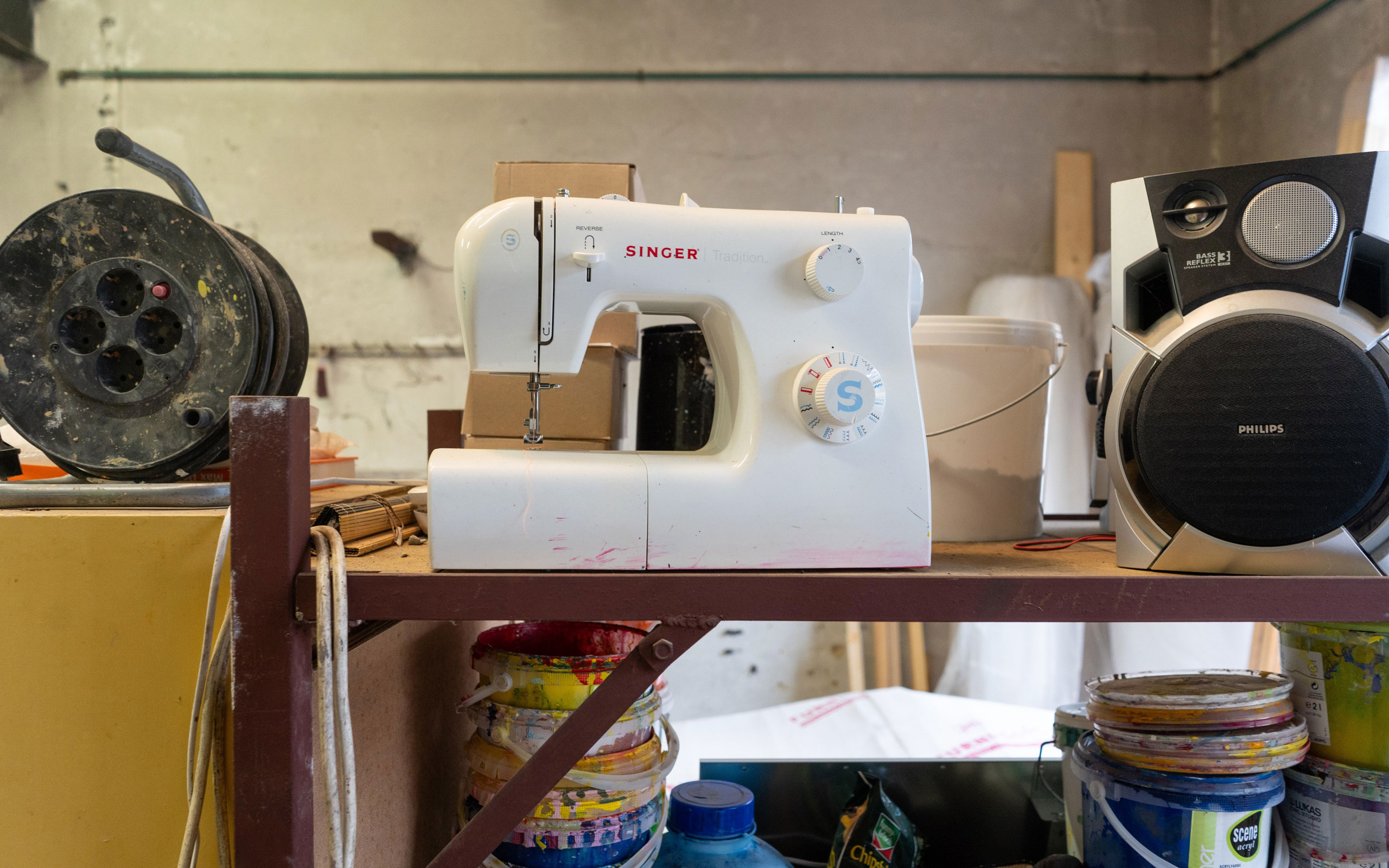
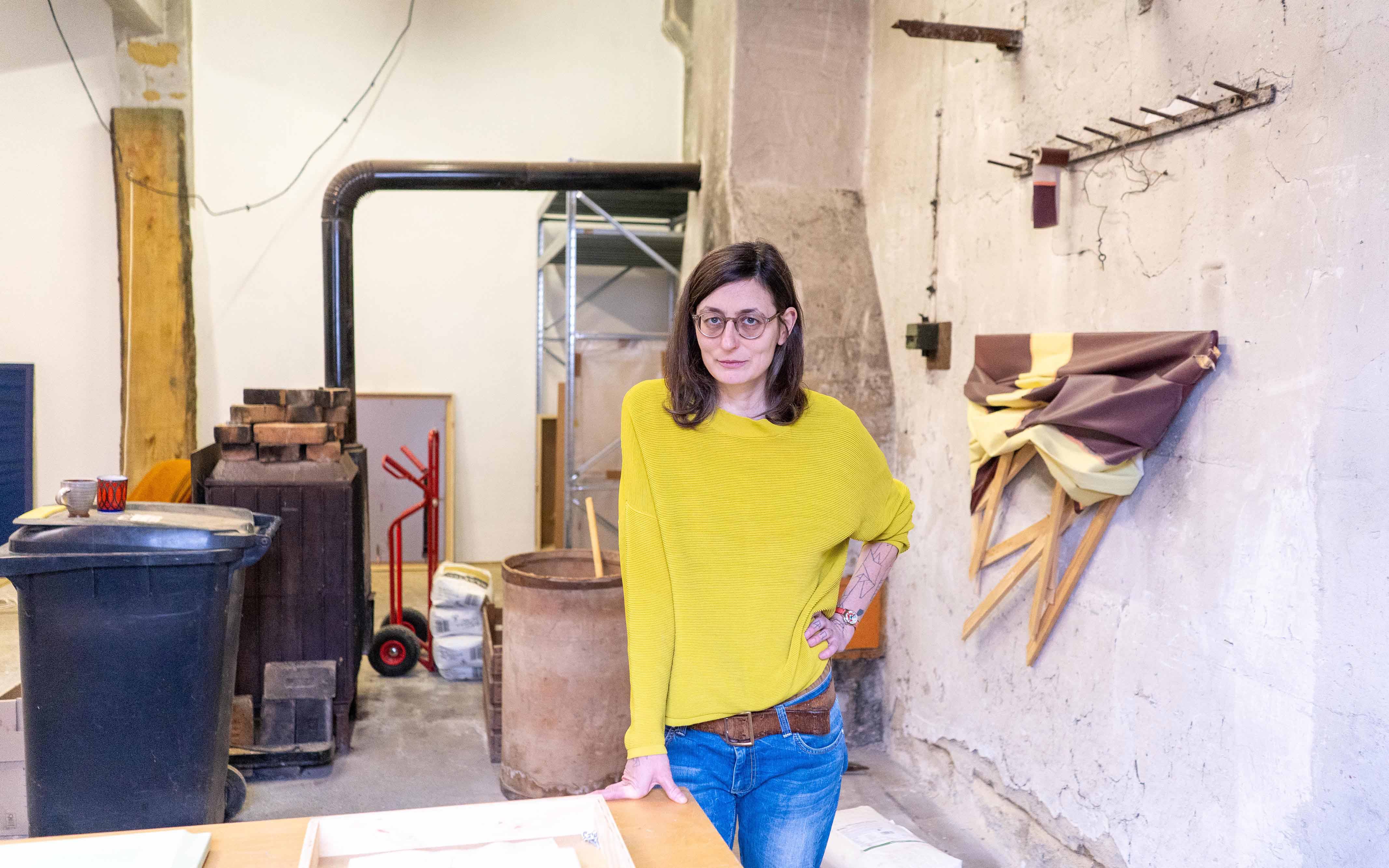
But don’t many artists see this day job as an intrusion, a diversion?
I discuss this a lot with my students. The way I see it, a day job takes the pressure off selling work. And this is how consequently I buy myself the freedom to do what I want with my art; maybe even do work that nobody will ever buy. In any job, but particularly in art, it is crucial not to lose one’s nerve. And how do I go about this? By taking pressure off and staying free.
I realized that while your older pictures bear titles, the newer ones don’t?
When I started the Transformations, titles were essential. Later, I found them to be a bit artificial. Now I just number the pictures, to show their chronology. Titles are a double-edged sword. They will draw in people and allow for a poetic interpretation, but this could be limiting, too. I would rather work with the intelligence of my viewers. I want them to be free to perceive what can be seen in my pictures. I want them to be able to take my position: observe, realize, continue to observe, assess. And, in the best case, judge it to be good!
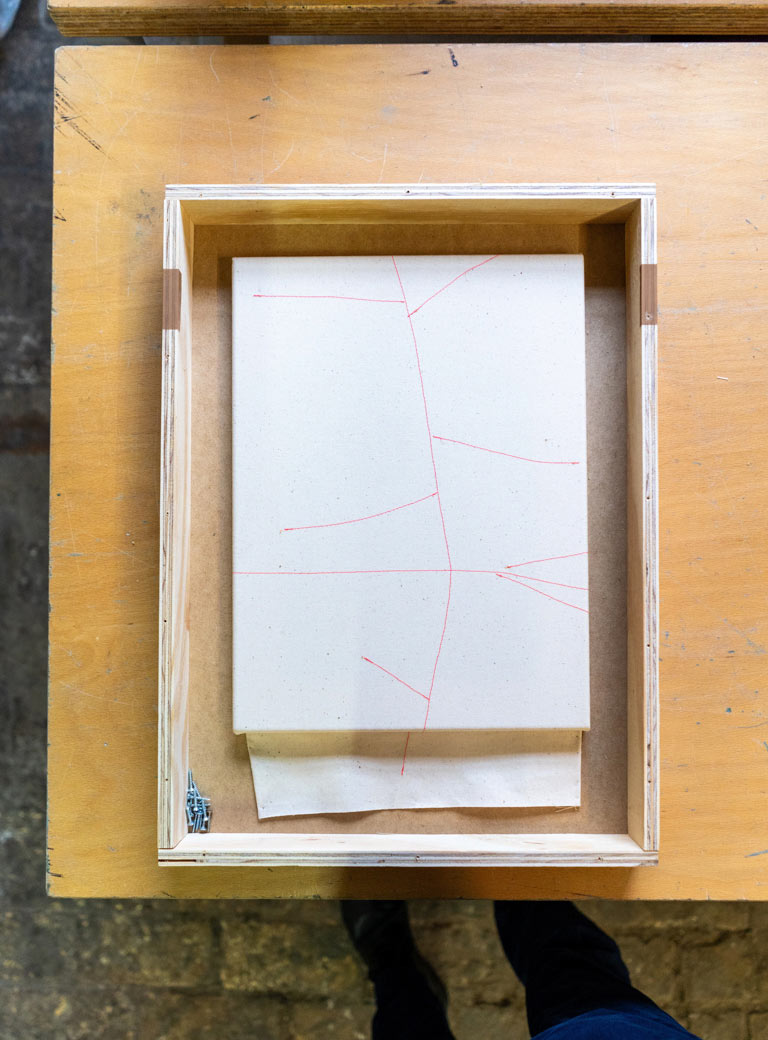
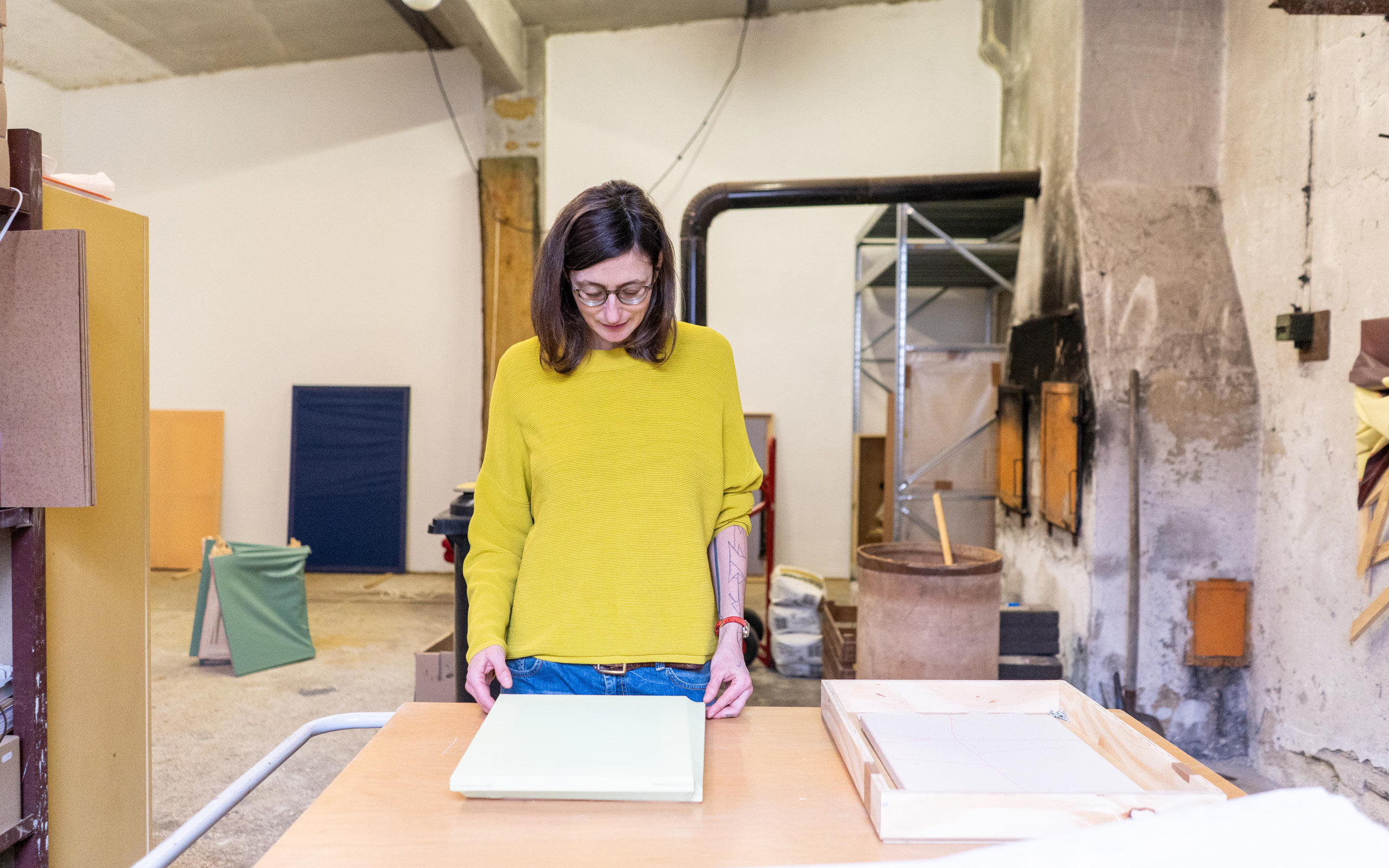
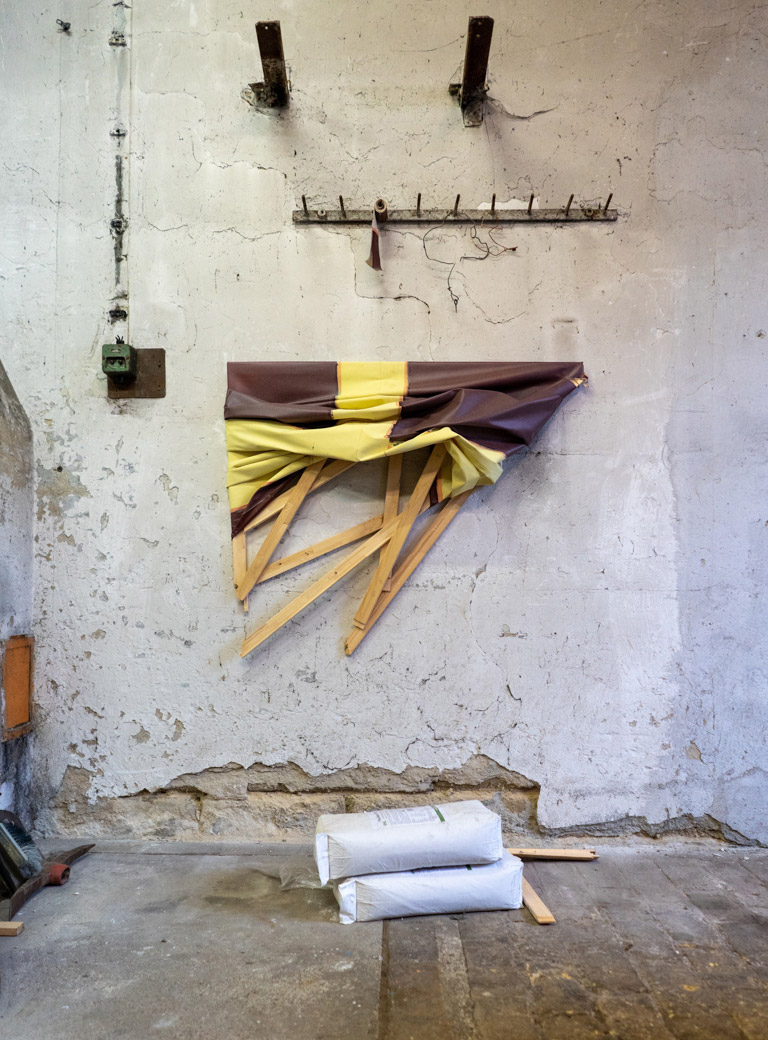
What are your next projects?
My Solo show Bestform will open at the beginning of February at my gallerists’ Mathias Güntner in Hamburg. After that, I will exhibit from mid-February 2025 at the Centro Cultural Andratx on Mallorca, together with my Swiss colleague David Berwerger, mostly paintings that I have worked on during my bursary there in October 2024.
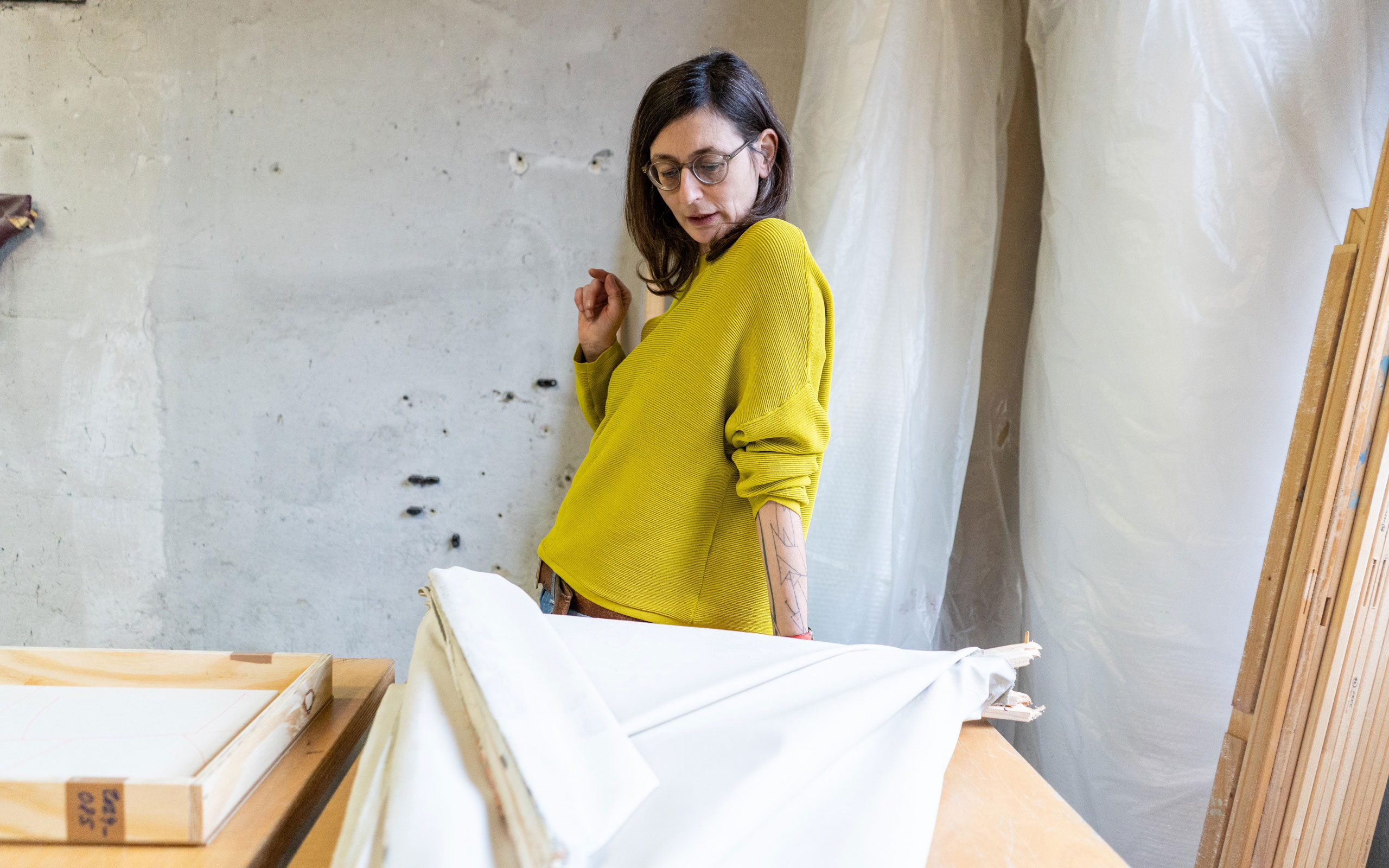
Interview: Alexandra Markl
Photos: Enrico Meyer


